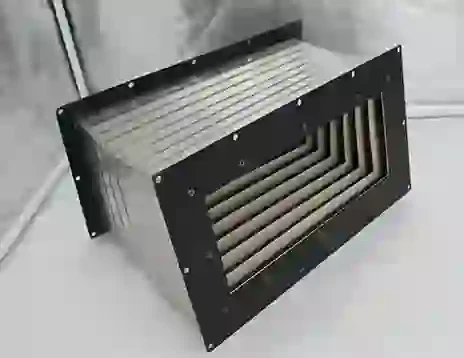cable track
Understanding Cable Tracks The Essential Guide
In the modern age, where technology and efficiency are paramount, the importance of cable management cannot be overstated. One of the most effective solutions for organizing and protecting cables is the use of cable tracks. These tracks serve as a structured pathway that can accommodate multiple cables, ensuring they remain tidy, accessible, and safe from damage. This article delves into the various aspects of cable tracks, including their types, benefits, installation, and applications.
What Are Cable Tracks?
Cable tracks, sometimes referred to as cable carriers or drag chains, are designed to organize and protect cables in motion or stationary installations. They come in various materials, including plastic, metal, and even composite materials, and can withstand environmental factors like temperature changes and mechanical stress. These tracks can be found in both industrial and commercial settings, from assembly lines to office spaces.
Types of Cable Tracks
There are several types of cable tracks available, each designed to cater to specific needs
1. Open Cable Tracks These tracks offer easy access to cables, making them perfect for applications where frequent maintenance is required. Open designs allow for quick adjustments and replacements.
2. Closed Cable Tracks Offering enhanced protection, closed tracks shield cables from dust, debris, and wear. They are commonly used in environments where cables are prone to exposure to harsh conditions.
3. Flexible Cable Tracks As the name suggests, these tracks can bend and flex, enabling them to adapt to dynamic movements. They are particularly useful in robotics and automated machinery where flexibility is essential.
4. Heavy-Duty Cable Tracks Designed to support larger and heavier cables, these tracks are suitable for industrial applications where weight and strain are a concern.
Benefits of Using Cable Tracks
The utilization of cable tracks in various settings comes with numerous advantages
- Safety By organizing cables and preventing them from tangling or getting damaged, cable tracks help reduce the risk of accidents. Exposed wires can pose tripping hazards and contribute to electrical hazards.
- Efficiency Cable tracks keep cables organized and easily accessible, streamlining maintenance and reducing downtime. This efficiency is crucial in fast-paced environments like factories and workshops.
- Durability Quality cable tracks are built to last, protecting cables from wear and tear, which prolongs the lifespan of the cables and reduces replacement costs.
- Aesthetics For commercial spaces, maintaining a clean and professional appearance is essential. Cable tracks can help achieve a tidy look, preventing clutter from unsightly cables.
cable track

Installation of Cable Tracks
Installing cable tracks may vary depending on the type and the specific environment. However, some general steps can be outlined
1. Planning Before installation, plan the layout, considering the path the cables will take and the number of cables to be accommodated.
2. Cutting the Track Cable tracks often come in lengths that can be cut to fit specific requirements. Cut the track to your desired lengths to ensure a proper fit.
3. Mounting Secure the track to a surface using brackets or screws. Ensure it is stable and can support the weight of the cables.
4. Inserting Cables Once mounted, the cables can be inserted into the track. For optimal organization, it’s best to arrange cables by type or function.
5. Testing After installation, test the movement of the cables within the track to ensure that they run smoothly without any obstruction.
Applications of Cable Tracks
Cable tracks are utilized in a wide range of applications
- Manufacturing and Assembly Lines In industrial settings, cable tracks help manage cables that power machinery and robotics.
- Telecommunications In data centers and server rooms, cable tracks ensure that network cables remain organized and accessible.
- Entertainment In theaters and concert venues, cable tracks help manage lighting and sound equipment, contributing to efficient setup and breakdown processes.
- Automotive In robotics and assembly plants, cable tracks facilitate the movement of cables within automated equipment.
Conclusion
In conclusion, cable tracks play a vital role in modern cable management solutions across various industries. They not only enhance safety and efficiency but also protect valuable cables from damage, ultimately contributing to a more organized and functional workspace. Whether in an industrial environment or a commercial setting, investing in cable tracks is a smart decision that can yield significant long-term benefits.








